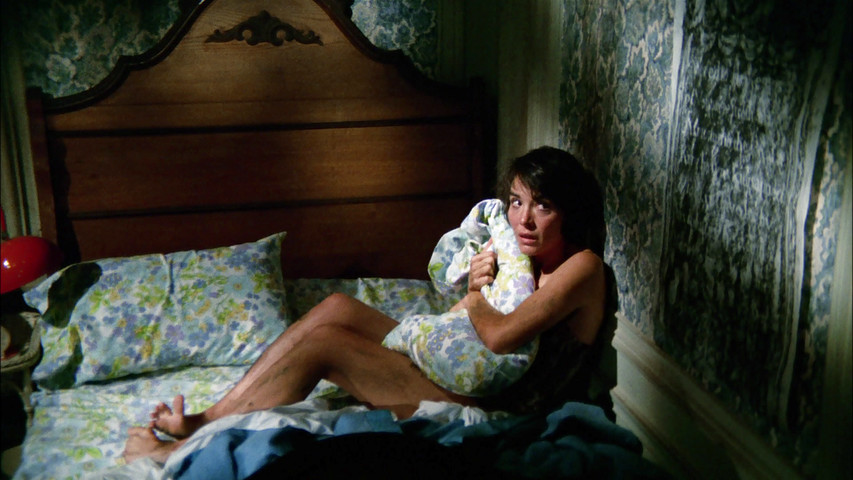
Let’s Scare Jessica To Death (1971) is one of the masterpieces of horror filmmaking to have come out of the seventies. This small, independent feature is a slow burning, tension filled nightmare set in rural Connecticut. The film is almost exclusively told from the perspective of Jessica (Zohra Lampert) who is recovering from some unspecified mental illness. Let’s Scare Jessica To Death uses the self-doubt of its title character as a prism through which to distort the reality of the narrative, thus keeping the audience guessing right up to the final reel.
Let’s Scare Jessica To Death follows in the tradition of Gaslight (1944) in how it employs and exploits the theme of the mentally ill woman to create suspense. However, unlike such contemporaneous films as All The Colors Of The Dark (1972) or Satan’s Slave (1976), Let’s Scare Jessica To Death doesn’t treat its protagonist as an object of pity or as the rather reductive character type of the damsel in distress. The film grounds the escalating tension in domestic settings and scenes that gradually grow more fantastic as doubt begins to recede. Coupled with Jessica’s internal dialogue, this has the effect of creating a protagonist that is both an audience surrogate and a fully fledged, autonomous character.
Much of the suspense of Let’s Scare Jessica To Death comes from Jessica’s own fear of how people will perceive her once she discloses some of the eerie sights she witnesses. These sights, these images are haunting enough without be shrouded in doubt as to their relationship with the concrete plot of the film. Early in Let’s Scare Jessica To Death these moments are derived from experiences that would make anyone uneasy, such as arriving in a small yet hostile town. For the first two thirds of the film Let’s Scare Jessica To Death pivots from the mundane to the macabre, making it totally unpredictable as to which spectres are those only Jessica sees and which are those every character sees.
As it is revealed that Jessica has never been hallucinating a new theme is introduced to the film as if to suggest that all sense of reality as the viewer knows it has literally collapsed. The ghost or vampire (Gretchen Corbett) that has dogged Jessica’s stay at her new home turns out to be just one member of a cult-like community. The moment that Jessica arrived she walked into a kind of regional folk story come to life. It is that very primal fear of being the social outsider that has been amplified and become the climax not just of Jessica’s mental deterioration but of a tale of folksy supernatural horror.
The main reason that images of grotesque and eerie terror coexist so seamlessly with images of domestic discord is because filmmaker John D. Hancock (best known to those of my generation as the man behind Prancer) and cinematographer Robert M. Baldwin have shot the film so consistently that there is no stylistic difference between these scenes. Everything in Let’s Scare Jessica To Death is photographed without expressionistic flourishes or the typical deep shadows of the horror genre. Instead, Let’s Scare Jessica To Death looks like an old Kodak sample photograph of an idyllic New England autumn. The exterior scenes in particular exude this sense of warmth and serenity that is totally at odds with the pseudo-Gothic action of the plot or its ever increasing suspense.
In the years since its release Let’s Scare Jessica To Death has become a greatly revered film and a centerpiece in the critical discourse of Kier-La Janisse as well as a major influence on directors Robert Eggers and Ari Aster. Let’s Scare Jessica To Death is one of those rare films that is as esteemed by the horror community as it is by cinephiles at large.
